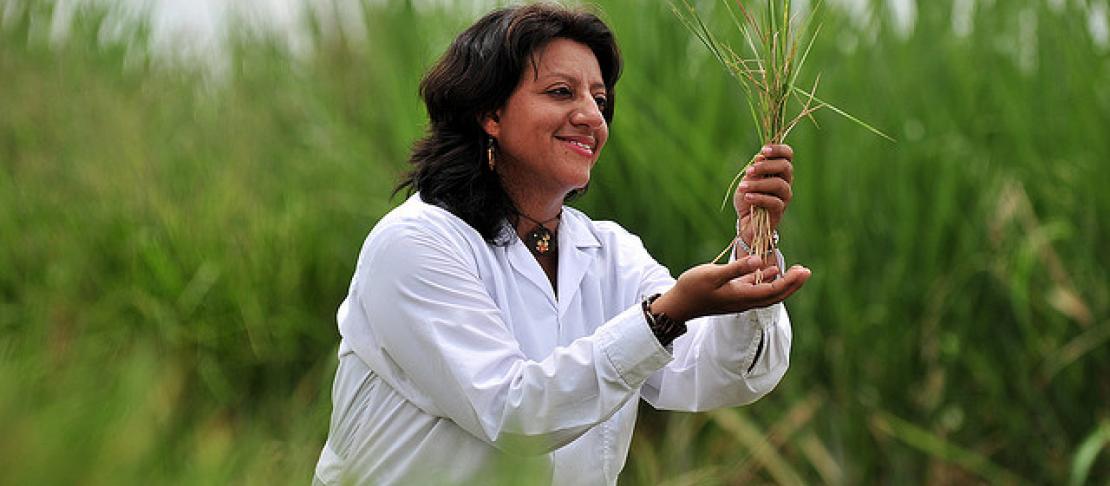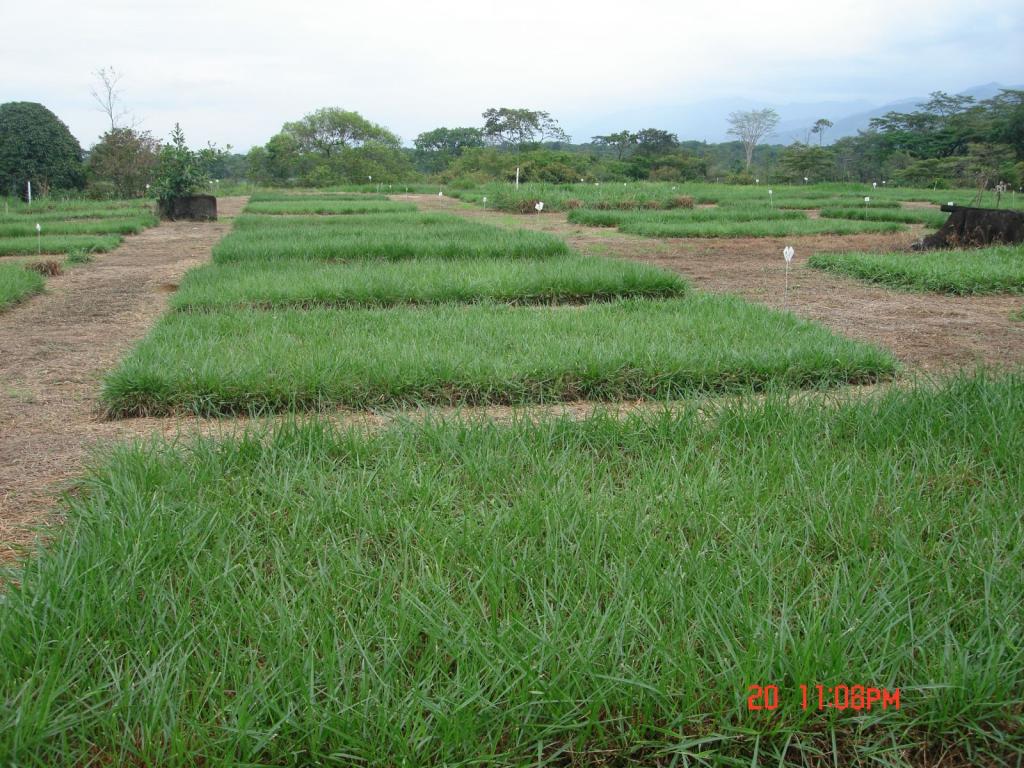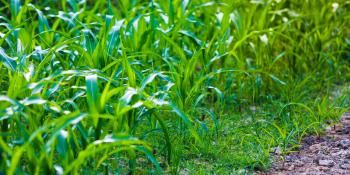Japanese research institutions, CGIAR focus on reducing nitrification in agriculture

Researchers form a new consortium to improve soil health and water quality, and decrease greenhouse gas emissions through biological nitrification inhibition.
Global nitrogen fertilizer consumption has increased more than 10-fold since 1960s, but food grain production has only tripled in the same time period.
Globally, about 150 million tons of nitrogen fertilizer is applied to fields, but only 30% of it contributes directly to increasing crop yields. The remaining 70% of nitrogen often causes negative environmental consequences, including nitrous oxide (greenhouse gas) emissions and groundwater pollution from leaching. That 70% - representing an extra 105 million tons of nitogen fertilizer - also causes US$ 90 billion in economic losses annually.
If increasing nitrogen fertilizer use continues along the same trajectory, nitrogen applications will double by 2050 and will cause nitrous oxide emissions to quadruple from agriculture.
Need to decrease nitrification
Accelerated soil nitrification is the fundamental cause of diminishing returns from nitrogen fertilization in modern production systems and largely responsible for nitrogen pollution of the environment. Reduced nitrification is essential to improve nitrogen-use efficiency in agricultural systems, reduce nitrous oxide emissions, and improve water quality without compromising on crop yields.
Tools to help farmers more accurately gauge the need for nitrogen - and other - fertilizers are becoming more widely available. For example, Nutrient Expert® for maize and wheat, is available throughout India, and Nutrient Manager for rice are both widely available to researchers and farmers alike.
Decreased nitrification also happens naturally. Biological nitrification inhibition (BNI) is the ability of certain plants to suppress nitrifying activity by releasing nitrification inhibitors from root systems. This phenomenon has been observed in tropical grasses (Brachiaria spp.), food crops (sorghum) and wheat-wild relatives (Leymus spp). As part of a comprehensive approach incorporating genetic and agronomic management solutions, BNI-technology can reduce nitrogen losses, facilitate nitrogen retention and improve soil-health in next-generation climate-smart production systems.

CIAT researcherS, in collaboration with Corpoica-Colombia, are evaluatingBrachiaria humidicola germplasm accessions and Brachiaria interspecific hybrids for BNI function at Corpoica Experimental station in Taluma, in the altillanura region of the Llanos of Colombia, with funding from the Colombian government. (Photo: GV Subbarao, JIRCAS)
Collaborating to conduct BNI research for sustainable development
The Japan International Research Center for Agricultural Sciences (JIRCAS) hosted an initial workshop to launch collaboration on 2-3 March in Tsukuba, Japan with 40 researchers from 3 CGIAR Centers - the International Center for Tropical Agriculture (CIAT), International Crops Research Insititue for the Semi-Arid Tropics (ICRISAT), and the International Maize and Wheat Improvement Center (CIMMYT), 5 CGIAR Research Programs - CCAFS, Dryland Cereals, Livestock and Fish, Maize, and Wheat, and several Japaniese organizations.
Together, the scientists agreed to form a Consoritum on BNI Research for Sustainable Development, with JIRCAS in a convening and coordinating role. The consortium is committed to advancing BNI research, including genetic and agronomic aspects, through increased collaboration, examination of BNI as a climate-smart agricultural practice, and inclusion of BNI in program planning.
"The newly formed BNI-Consortium will lead international efforts for developing next-generation crops/pastures that deliver nitrification inhibitors from root systems to achieve low-nitrifying and low-nitrous oxide emitting production systems," JIRCAS senior scientist G.V. Subbarao reported. "Such BNI-enabled crops/pastures become integral components of climate-smart agriculture to drive the next Green Revolution."
For more information, please see presentations from the workshop or the workshop summary report.
Julianna White is the Program Manger for CCAFS low emissions agriculture research.



